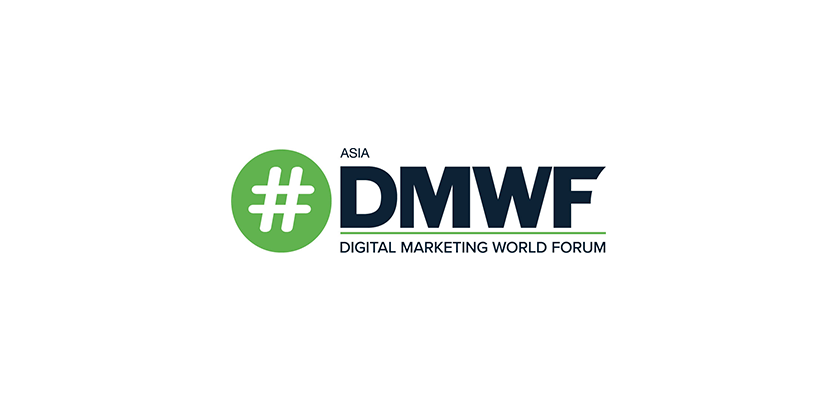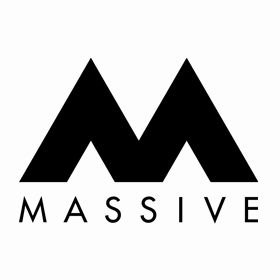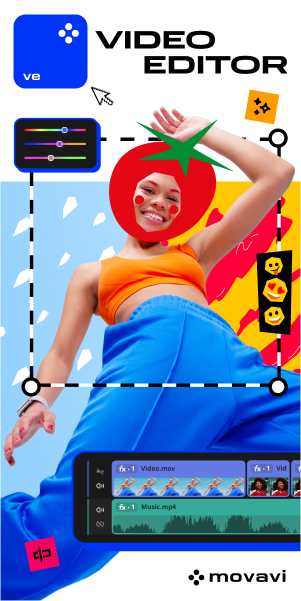
NFTs and Gamification: The Combination of Collectibles and Digital Marketing
Digital marketing is changing a lot. The strong collaboration among significant gaming businesses and Web3 technology has played an important role in driving this transition. Integration with gamification and non-fungible tokens (NFTs) creates a new marketplace for digital collectibles and marketing.
The Road Ahead: Challenges and Prospects
NFTs and gaming seem to be a perfect match for the future, despite some remaining challenges. People are worried that it might change how games work and make it unfair for some players. As gamers get more used to blockchain tech, these worries should get better.
An example has recently come from Ubisoft, one of the biggest game companies in the world. Their infamous brand game, Assassin’s Creed. They made a partnership with Integral Reality Labs, Inc, which introduced Assassin’s Creed Smart Collectibles. This project made an example for the future of gaming and Web3 technologies, showcasing the potential for enhanced player ownership, personalization, and immersive experiences.
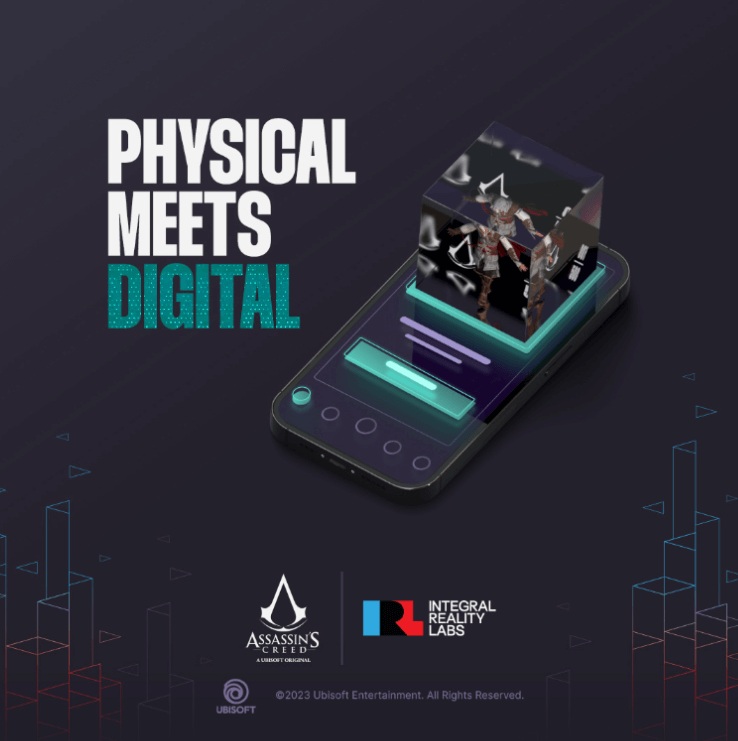
The Rise of Gamified Collecting Experiences
The rise of gamified collecting experiences signifies a groundbreaking change in how individuals, particularly younger audiences, interact with art and collectibles. Gamified collecting involves integrating components such as competition, rewards, and challenges into the collecting experience. It often resonates particularly with Gen Z collectors, providing interactive experiences that appeal to their digital sensibilities and penchant for instant gratification and social connection.
Thanks to digital platforms, NFTs, and social media, collectors can now enjoy a more accessible experience that goes beyond traditional ownership to include community participation, competition, and personalized journeys. This has revitalized interest in collecting and opened up new avenues for creativity, social interaction, and investment.
Gamifying Collecting: Strategies for Engaging Gen Z
Using social media platforms to increase engagement and create a feeling of community is one of the key strategies for appealing to Gen Z’s preferences. Social networking sites have a critical role in increasing engagement and creating an experience of community among younger collectors. Collectors can use Instagram and TikTok to share their purchases, participate in challenges, and connect with other fans. Brands can host live events, Q&A sessions, and behind-the-scenes tours on social media to increase engagement with collectors.
This following can also be leveraged through rewards and incentive programs, which can motivate continued engagement and loyalty. Exclusive access to new releases points redeemable for unique items or experiences, and achievement badges are effective ways to reward collectors for their participation and milestones.
Like traditional auctions, competition is another component of gamification that increases interest. Brands can encourage a healthy sense of competition by designing a system where collectors receive points or rankings based on their collecting activities. Collecting may become an exciting passion project by adding challenges to the experience, such as finishing a collection within a set time limit or obtaining uncommon things.
NFTs in Social Media: Reshaping Engagement and Revenue
Nowadays, NFTs are drastically changing social media platforms by providing creative ways to increase user base size, encourage engagement, and develop new revenue streams. Social media platforms function as centers of communication, entertainment, and information exchange, and NFTs are essential for increasing user engagement, growing audiences, and bringing in money for platform and content owners.
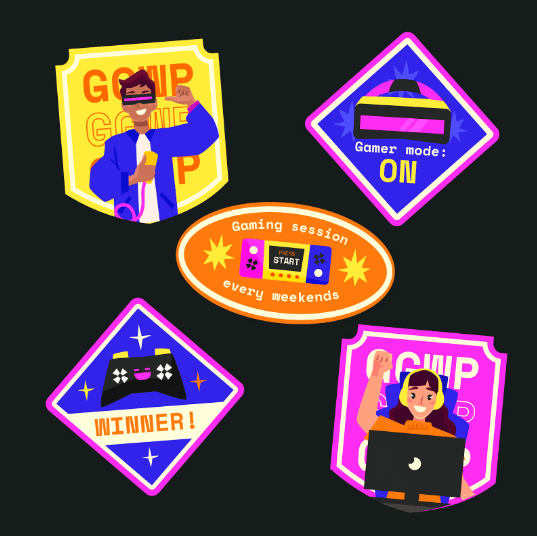
What Are NFTs?
Non-fungible tokens, or NFTs, are a revolutionary concept in the virtual world. They act as identical, one-of-a-kind ownership certificates for various online assets. NFTs include digital art, music, virtual real estate, tweets, and profile pictures. They cannot be transferred between different cryptocurrencies, unlike Ethereum or Bitcoin. Each NFT is distinct and stands for a particular digital asset or piece of material.
The potential of NFTs to establish and verify digital ownership and validity through blockchain technology is one of its primary characteristics. The decentralized and transparent ledger known as blockchain guarantees the scarcity and uniqueness of each token by providing a safe and irreversible ownership record. This affects creators by allowing them to directly monetize their digital products and by giving buyers a verifiable means of proving ownership of their unique digital goods.
NFTs have become super popular because everyone’s really into digital collectibles and they want a safe way to prove they own online content. The huge sales of rare NFTs, sometimes hitting millions of dollars, have made people see NFTs as a major game-changer in art and entertainment.
How Does Social Media NFT Integration Work?
Digital content platforms and blockchain technology come together dynamically at the point of social media NFT integration. With the help of this new synergy, unique digital assets may be created, owned, and traded, bringing in a new era of social media value, authenticity, and engagement.
Connecting Crypto Wallets: Using cryptocurrency wallet connections is the foundation of NFT integration in social media. To begin this process, users connect their digital wallets to their social media profiles, creating a secure connection that makes interacting with NFTs easier. Users can transfer and display their NFTs immediately within the social platform with these secure bridge connections.
Blockchain Verification of NFT Ownership: Blockchain verification guarantees the authenticity and credibility of NFTs on social media. Social media platforms use the decentralized ledger provided by blockchain technology to validate ownership and NFTs.
Custom Smart Contracts for NFT Creation: Social media platforms use unique smart contracts for NFT and token production to improve user experience. These contracts provide the guidelines for interacting with NFTs on the platform, enabling customized and special features.
Syncing NFT Data in the Backend: A crucial aspect of NFT integration involves the backend syncing of data related to NFTs. This process ensures that information such as ownership details, metadata, and transaction history is accurately reflected across databases and servers.
Interactive NFT Profiles: Users can directly present their digital assets on their profiles after NFTs are connected, turning them into interactive platforms for self-expression. Social interaction related to digital collectibles can be promoted by directly applying features like likes, comments, and shares to individual NFTs.
Ecosystem Development: NFT integration creates whole ecosystems inside social media platforms; it goes beyond individual profiles. Users within these ecosystems can seamlessly trade, gift, or collaborate on NFT projects directly within the social environment.
Use Cases of NFTs in Social Media
By gaining popularity in social media, NFTs have completely changed the digital world. Digital collectibles and decentralized platforms are only two examples of how NFTs are innovating and diversifying the social media experience.
Digital Collectibles and User Interaction: Non-fungible tokens (NFTs) provide a special means for social media users to collect and exchange digital assets, such unique artworks, GIFs, or even clips from live streams. As users compete for rare or limited edition digital treasures linked to their favorite influencers or content providers, this can promote a feeling of community and engagement.
Tokenized Social Media Content: By enabling content producers to tokenize their tweets, posts, or even whole profiles as NFTs, fans can now own a piece of digital history. As a result, there is a direct line of communication between content producers and their audience because fans may buy and own the original tokenized versions of their favorite works.
Decentralized Social Media Platforms: In order to provide customers more control over their data and content, decentralized social media sites are being formed using blockchain technology and NFTs. These platforms challenge traditional centralized social media models by giving community control, privacy, and ownership greater importance.
Virtual Identity and Avatars: Using NFTs, users can create unique avatars and digital identities that they can use in various virtual worlds and social media platforms. This allows for consistent and personalized online personas, enhancing the sense of identity and ownership.
Interactive NFT Features: NFTs can be used on social media sites to access unique features and capabilities. Ownership of a particular NFT, for example, may provide access to exclusive groups, virtual events, and exclusive content, making the user experience more rewarding and interactive.
Charity and Fundraising: NFTs offer a fresh platform for social media charitable organizations. NFTs can be minted by creators and organizations for fundraising campaigns, with the proceeds going to chosen charities. This creative charitable strategy makes contributions transparent and verifiable.
Challenges and Future Prospects
NFT integration into social media is still in its early years, and in order to reach its full potential, several issues need to be resolved. Regulatory issues, ecological issues, and scalability are a few of the challenges that must be addressed. Additionally, user education and awareness are crucial to ensuring a positive and secure experience for all participants.
Nonetheless, NFTs have a bright future in social media. We should anticipate seeing even more creative and significant applications as technology develops and more platforms take these innovations on board. By providing additional opportunities for users to engage with digital content and for artists to connect with their audience, the combination of NFTs and social media has the potential to completely transform digital interaction.
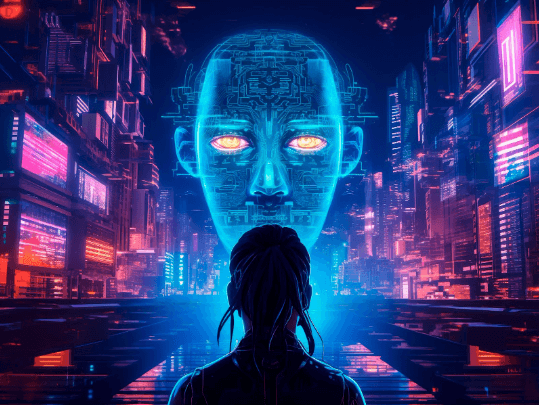
Conclusion
The integration of NFTs and gamification has changed the digital world, providing a promising combination that includes collector appeal and interactive experiences. This dynamic collaboration has resulted in a new era of digital marketing, in which participation is no longer passive but actively pursued.
NFTs, by transforming collectibles into interactive assets, have revitalized the collecting hobby, particularly among Gen Z. This younger generation enjoys digital platforms, and the gamified approach to collecting perfectly reflects their requirements for quick reward, social connection, and competition.
Social media has emerged as the center point of this change, allowing collectors to present their most valuable assets, interact with similar enthusiasts, and compete in exciting competitions. Brands have an excellent chance to create stronger ties with their customers. Although problems with scalability, ecological impact, and regulations still exist, NFTs and gamification have tremendous potential. We may look forward to a time where social engagement, digital ownership, and creativity work together naturally as technology develops and user adoption increases. This exciting new area has the potential to completely change the way we interact with brands, consume media, and build connections with one another digitally.














